Apple may introduce reverse wireless charging to its iPhone 17 Pro model, according to recent reports and rumors circulating within the tech community. This feature would allow the iPhone to wirelessly charge other devices, such as AirPods, an Apple Watch, or even another iPhone, by placing them on the back of the phone. This potential addition has generated considerable interest among Apple users, who have long awaited such functionality.
While Apple has not officially confirmed this feature, several sources suggest its inclusion in the upcoming iPhone 17 Pro. Supply chain analyses, patent filings, and code snippets within iOS updates have fueled speculation. These indicators, though not definitive proof, paint a picture of Apple actively exploring and potentially implementing reverse wireless charging.
The current iPhone models offer wireless charging, but they can only receive power. Reverse wireless charging would represent a significant step forward, transforming the iPhone into a portable power bank. This capability could prove particularly useful in situations where users need to charge their accessories on the go and don’t have access to a power outlet.
The technology behind reverse wireless charging relies on magnetic induction. A coil inside the iPhone generates an electromagnetic field, which can then be used to transfer power to a compatible device placed on the phone’s back. The efficiency of this power transfer is crucial, as users would expect a reasonable charging speed without significantly draining the iPhone’s battery.
Apple has been granted patents related to wireless power transfer, including some that describe bidirectional charging capabilities. These patents, while not guaranteeing the feature’s implementation, demonstrate Apple’s research and development efforts in this area. Furthermore, code within recent iOS versions has hinted at the existence of a “bilateral charging” feature, further strengthening the rumors.
The potential benefits of reverse wireless charging extend beyond simply charging accessories. It could also open up new possibilities for device interaction. For example, users might be able to wirelessly share battery with a friend’s iPhone in an emergency. The feature could also potentially integrate with future Apple devices, creating a more seamless and interconnected ecosystem.
However, challenges remain in implementing reverse wireless charging effectively. One key concern is the potential impact on the iPhone’s battery life. Wirelessly transferring power to another device can be energy-intensive, and Apple engineers would need to optimize the system to minimize battery drain. Heat generation during the wireless charging process is another factor that needs careful management.
Another consideration is the charging speed. Reverse wireless charging is typically slower than wired charging, and Apple would need to ensure a reasonable charging rate to make the feature practical for users. The compatibility of the feature with different devices is also important. Apple would likely need to ensure that a wide range of accessories, including AirPods, Apple Watches, and other Qi-compatible devices, can be charged effectively.
If Apple does introduce reverse wireless charging in the iPhone 17 Pro, it would likely be a prominent selling point. This feature would differentiate the iPhone from some of its competitors and further solidify its position as a leading smartphone. It would also align with Apple’s broader strategy of creating a tightly integrated ecosystem of devices and accessories.
While the rumors surrounding reverse wireless charging are compelling, it’s important to remember that they are still speculative. Apple has not officially announced this feature, and it’s possible that plans could change before the release of the iPhone 17 Pro. However, the growing evidence suggests that reverse wireless charging is a real possibility, and many Apple users are eagerly awaiting its potential arrival. The official unveiling of the iPhone 17 Pro will ultimately reveal whether this much-anticipated feature becomes a reality.

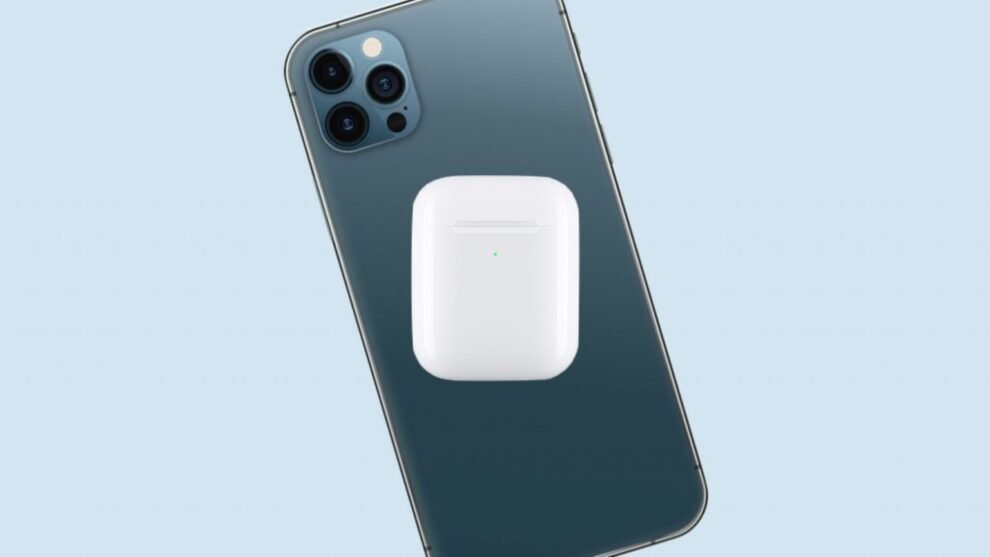

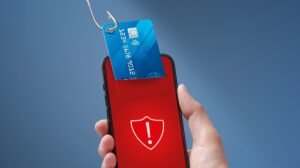
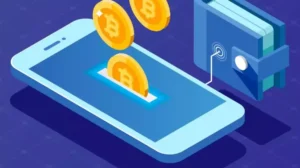
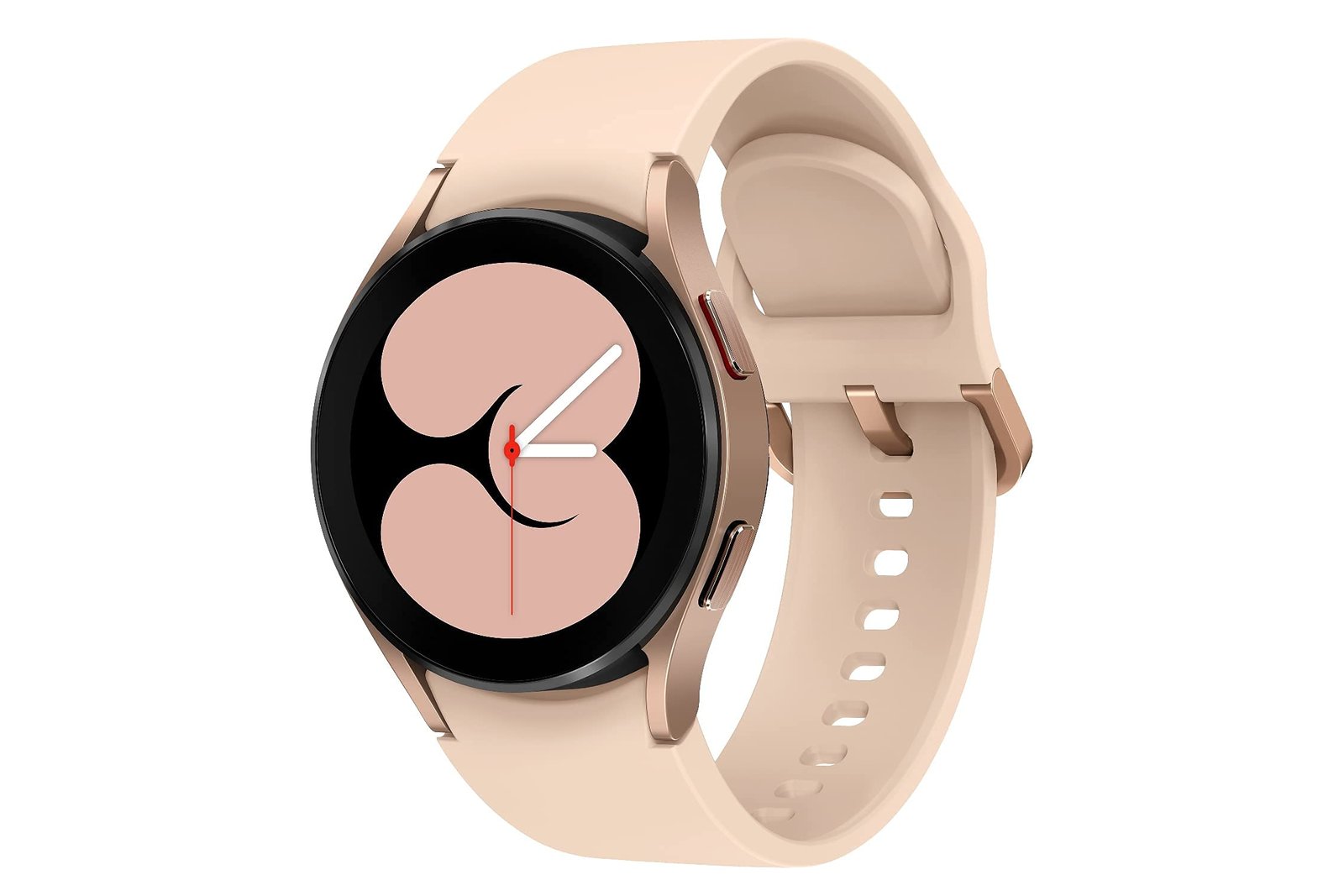
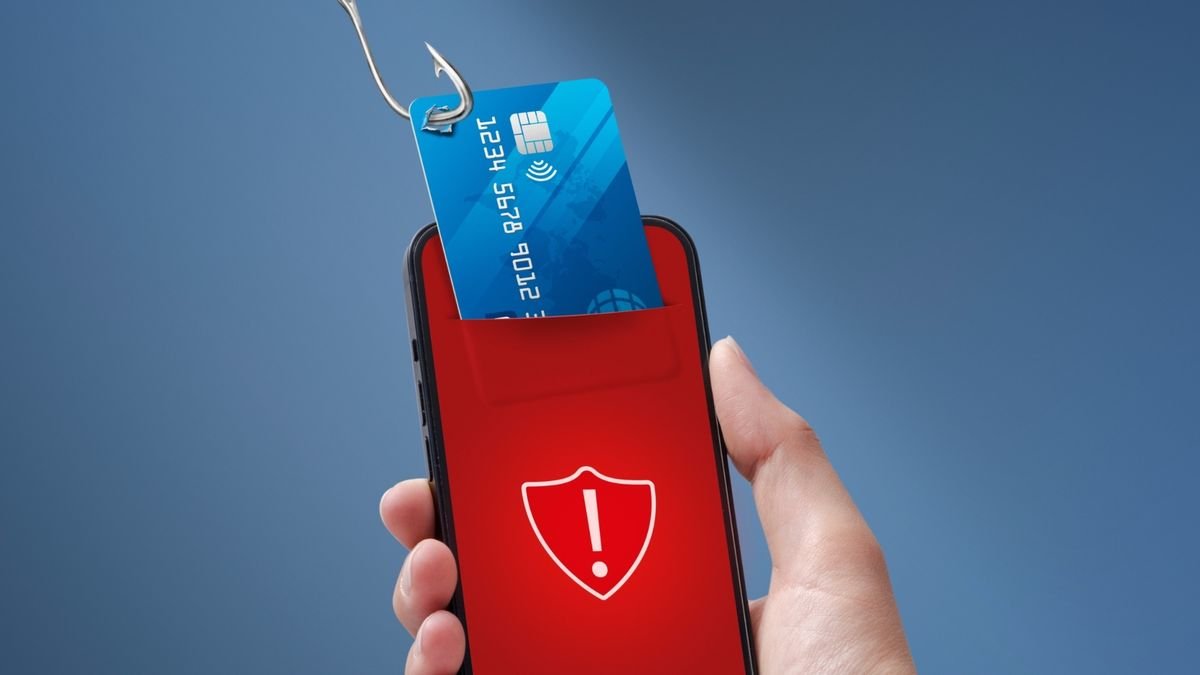
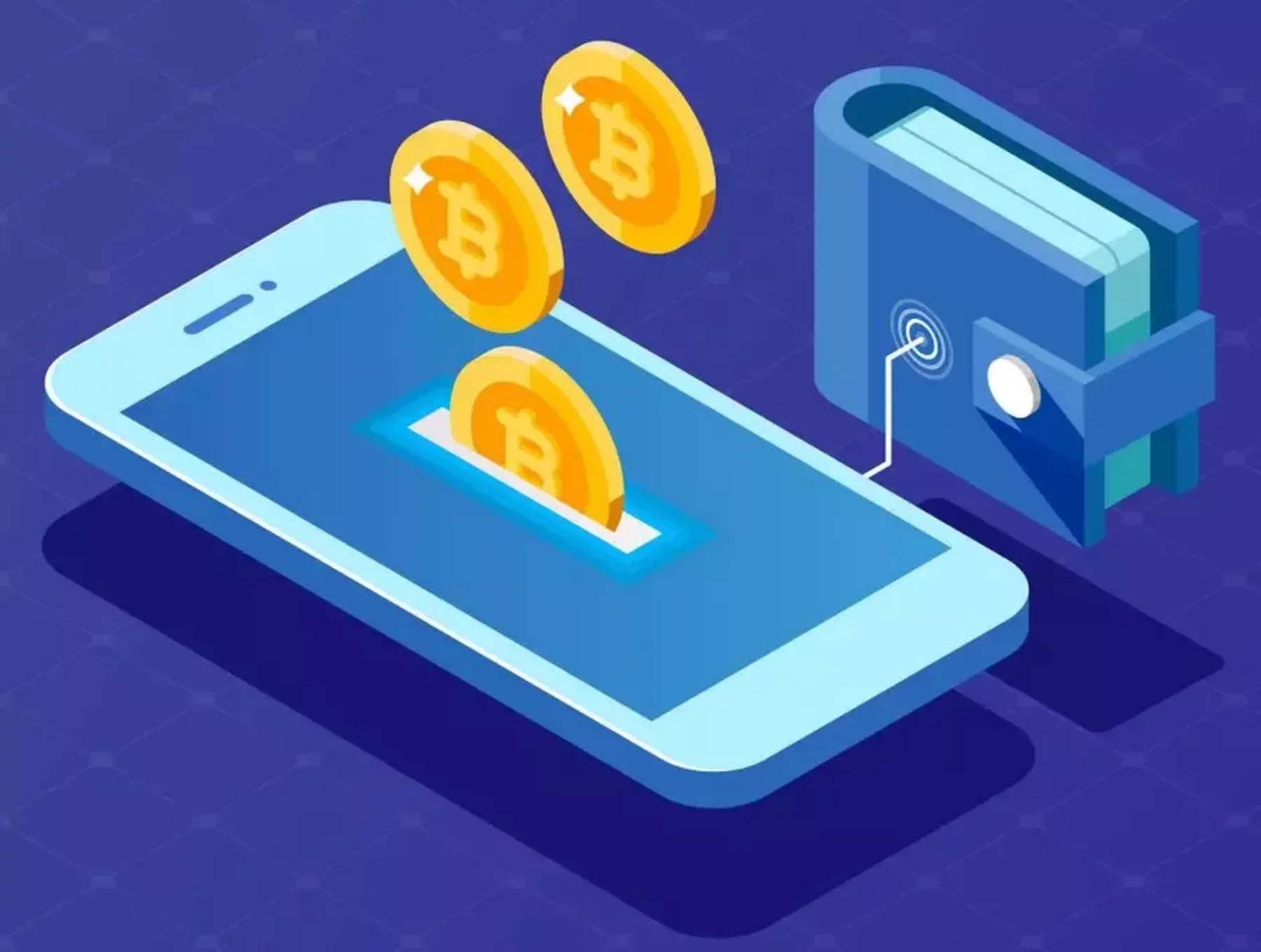
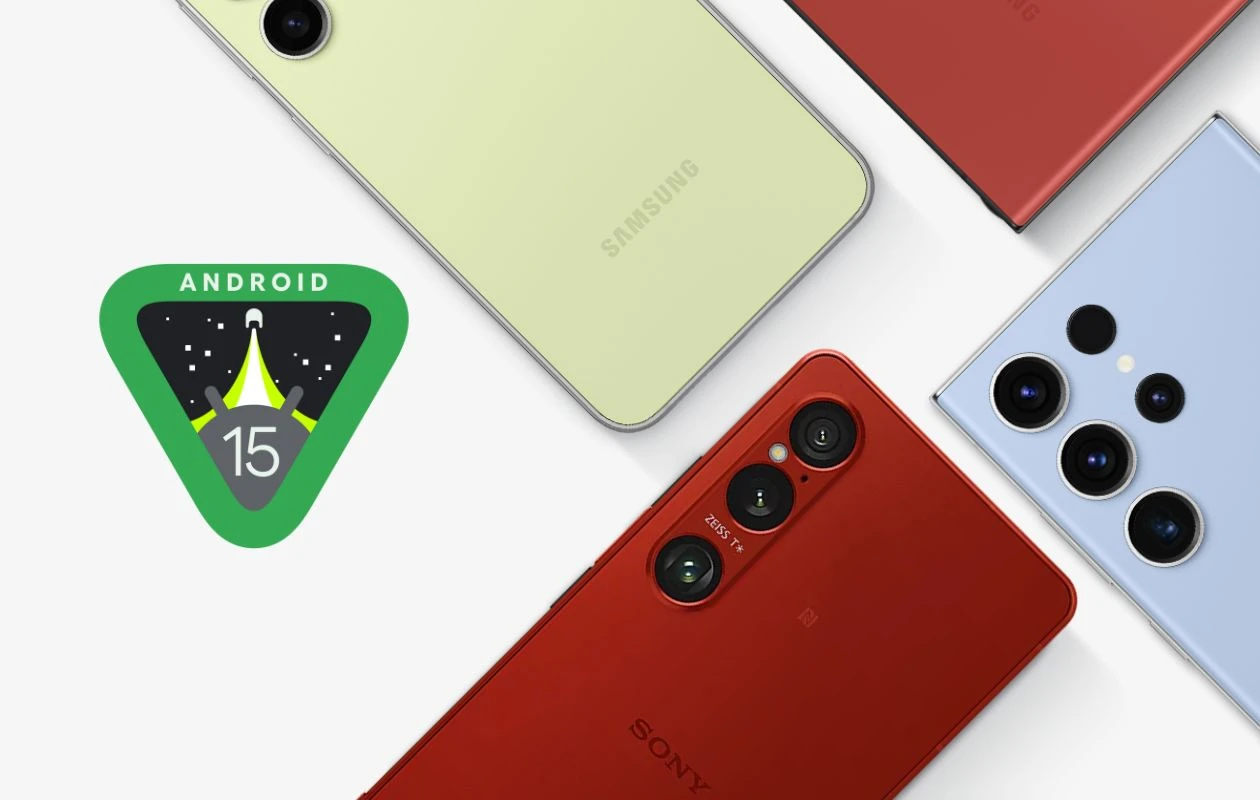
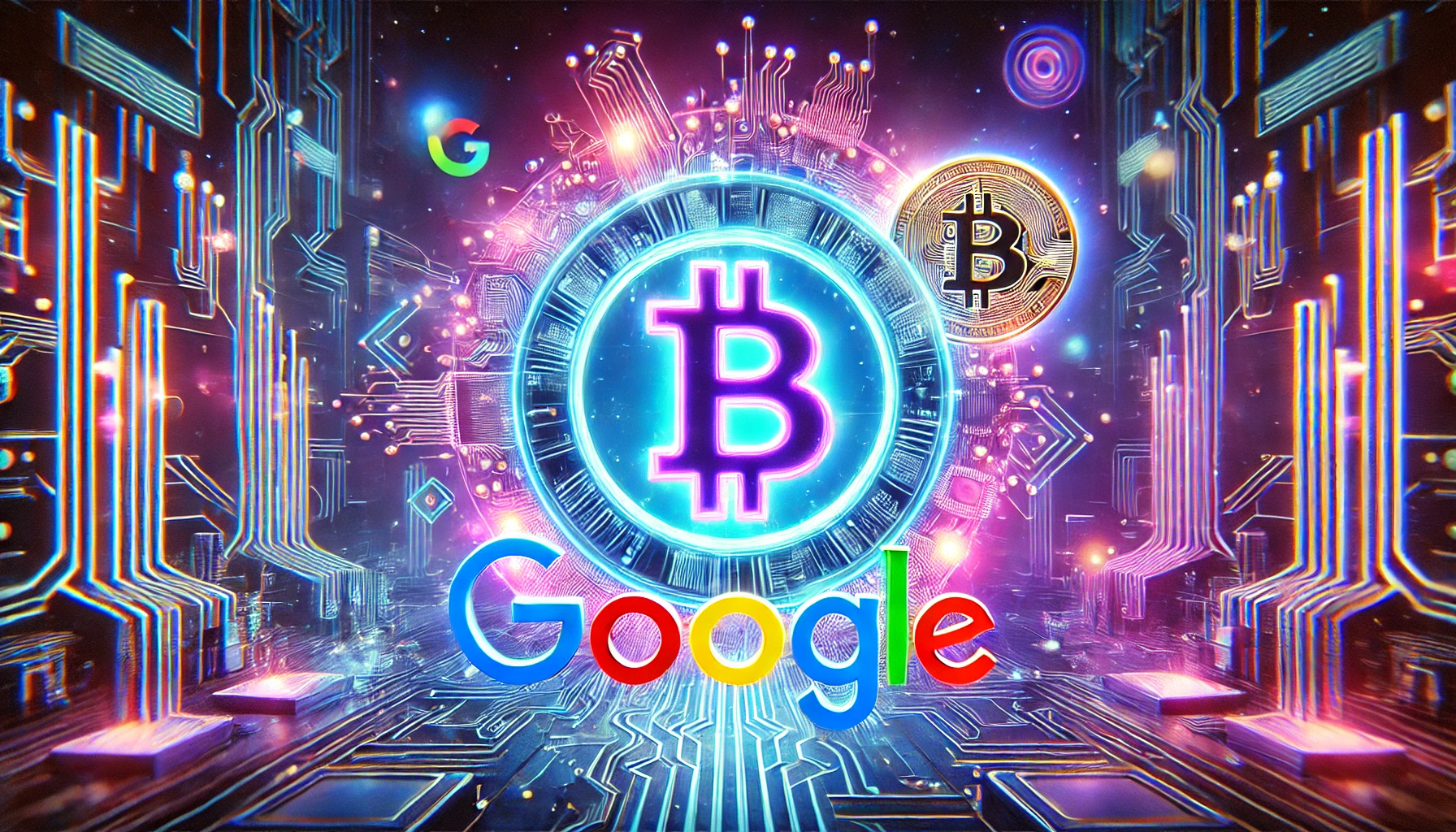
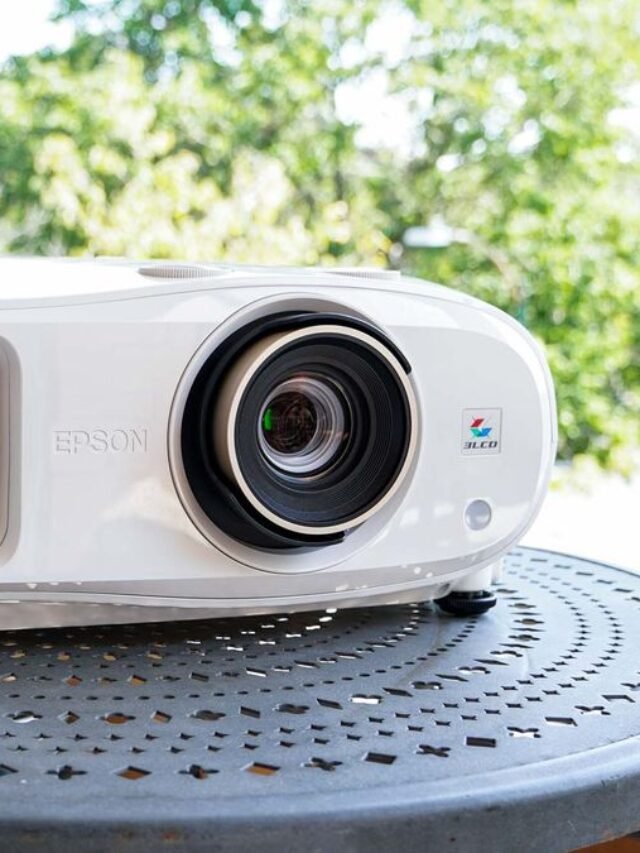
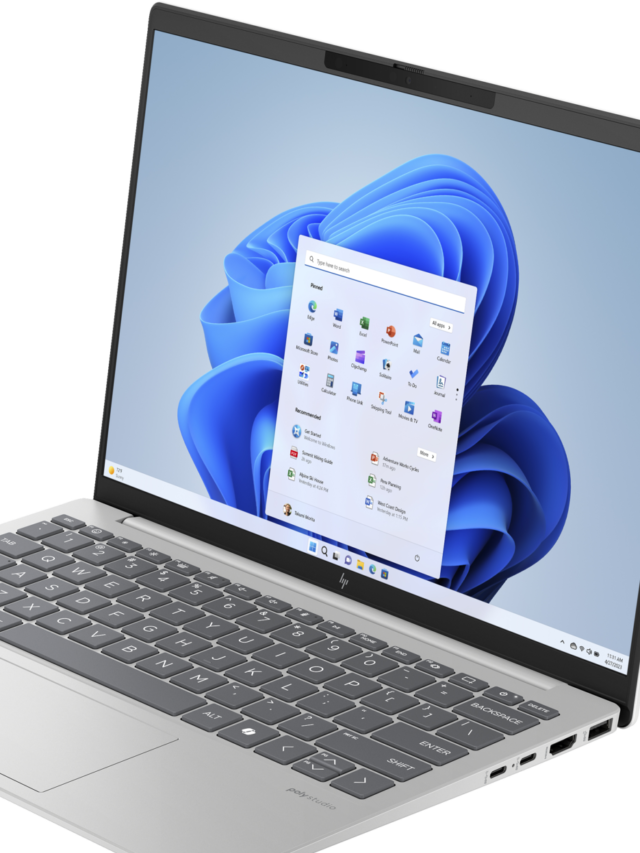
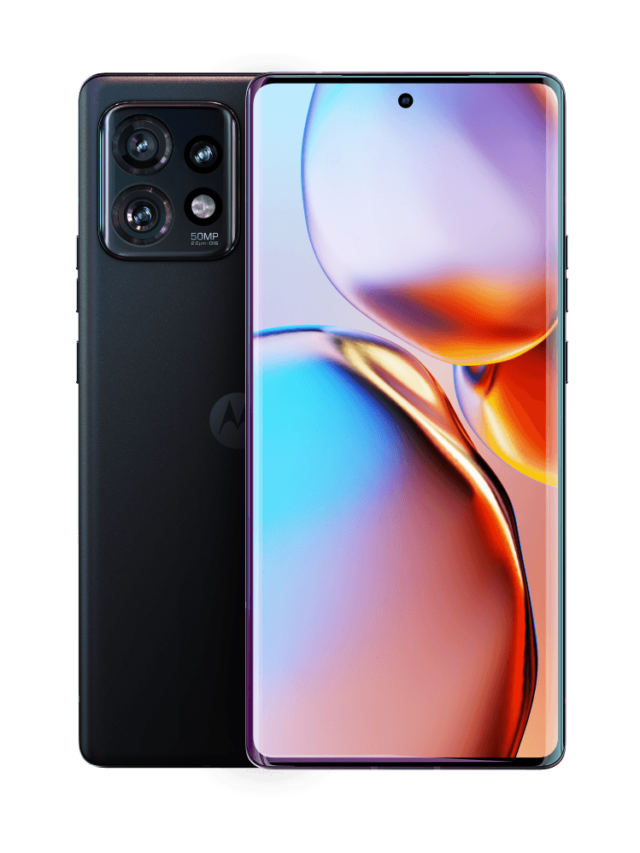

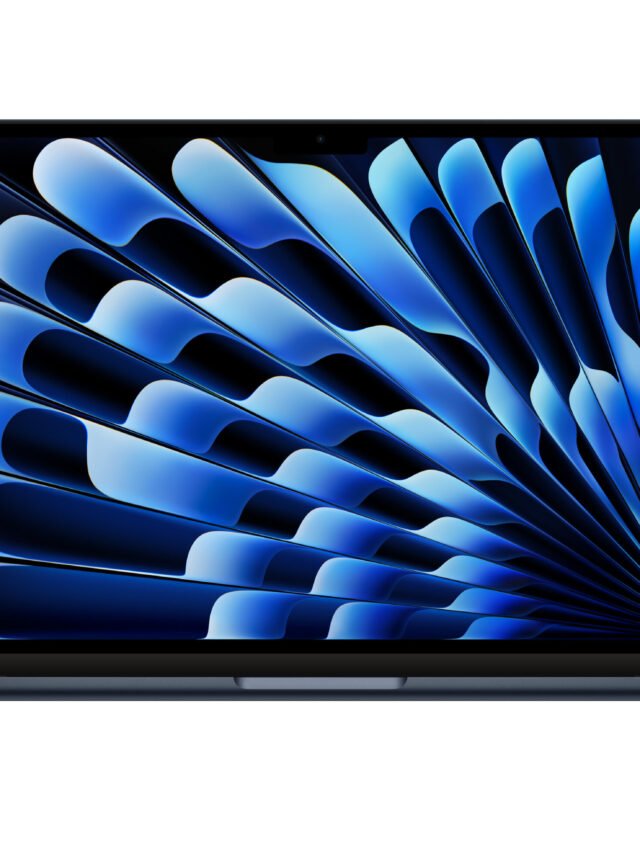
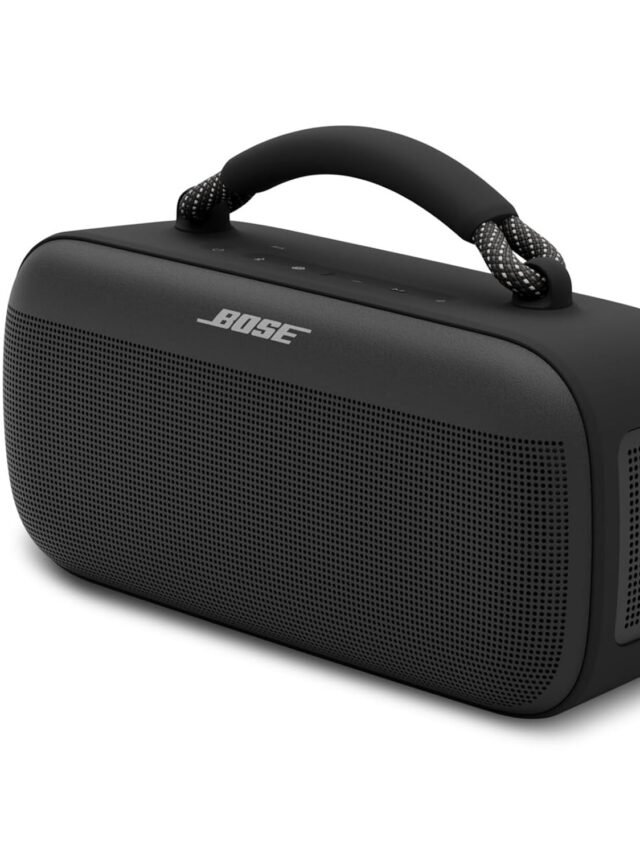
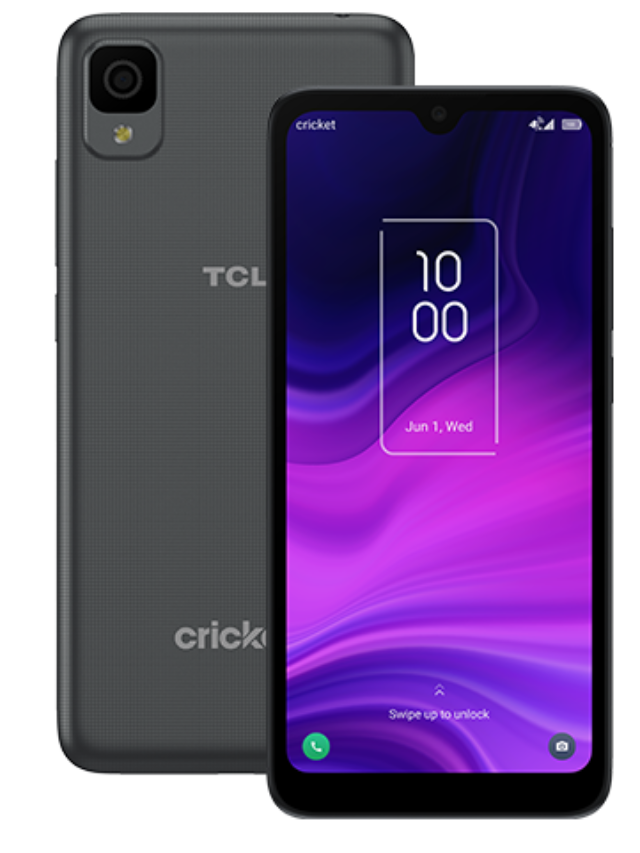

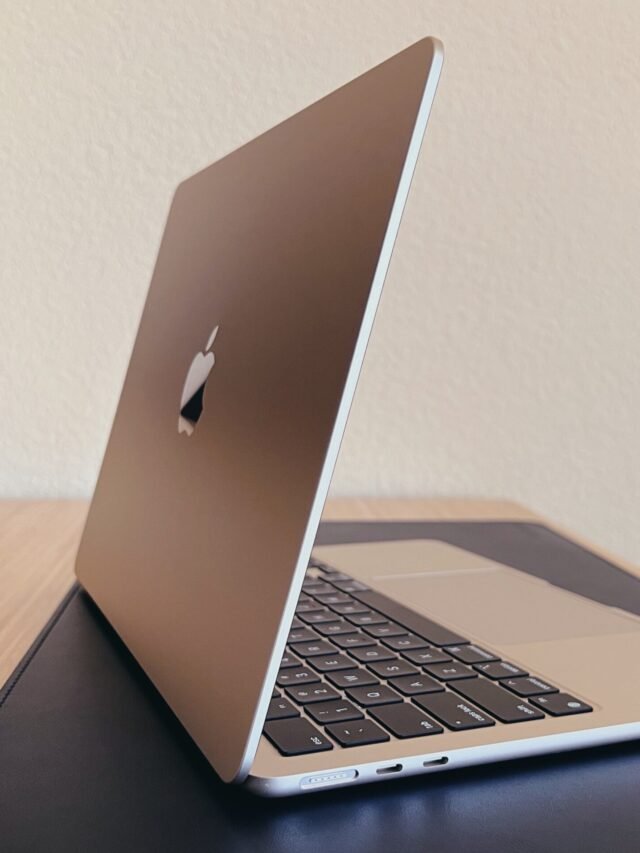
Add Comment